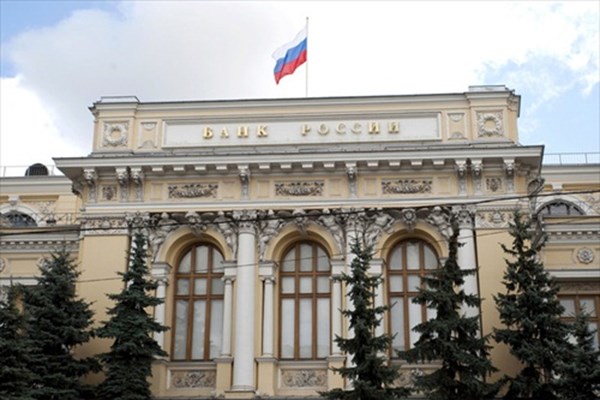Net outflow of capital from Russia more than doubled from January to May
According to the Central Bank of Russia, the net capital outflow from Russia increased by 120% in January-May 2017, reaching $22.4 billion as compared to $10.3 billion in the same period last year, according to preliminary estimates.
"Since the beginning of the year, the net outflow of capital by the private sector, according to preliminary data, has risen to $22.4 billion, as compared to $10.3 billion the year prior," the regulator's survey notes.
As the Central Bank explained, "the operations of the first quarter of 2017 provided the decisive impact on the dynamics of the index; the net outflow of capital slowed significantly in April-May." "Unlike the previous year, the banking sector's operations on the placement of foreign assets and the repayment of external liabilities dominated within the composition of net capital exports. Other sectors that are attracting funds to the economy, on the contrary, ensured the net import of capital," added the Bank of Russia.
Over the past year, net outflow of capital from Russia, according to a preliminary estimate of the balance of payments, fell by a factor of 3.7 to $ 15.4 billion, after outflows of $57.5 billion in 2015 and $153 billion in 2014.
In early April, the head of the Russian Ministry of Economic Development (MED), Maxim Oreshkin, predicted that the outflow of capital from Russia in 2017 and 2018 could amount to $8-10 billion. In 2019, according to the Ministry's updated forecast, capital outflow will decrease to about $6 billion and is expected to remain around this level in 2020. All assessments are made subject to the preservation of anti-Russian sanctions.
Earlier, MED officially forecasted capital outflow from Russia to be up to $20 billion in 2017 and $25 billion annually in 2018 and 2019.
According to the estimates indicated in the base scenario of the report on the Bank of Russia's monetary policy in late March, the net capital outflow of the private sector in 2017 could be $12 billion, and in the next two years could reach $13 billion.
